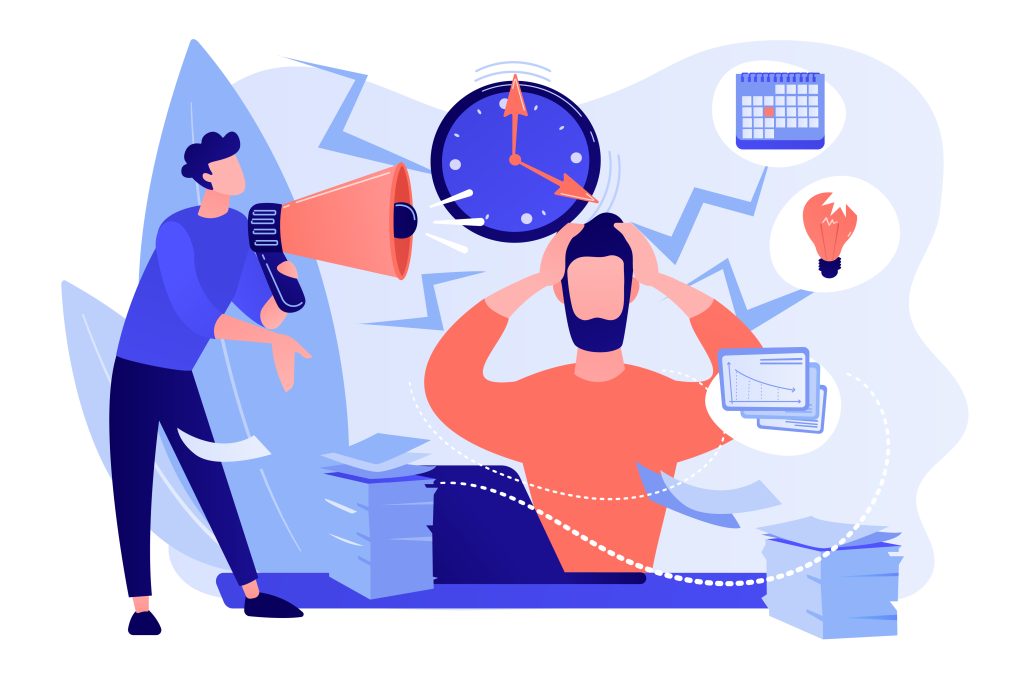Background noise and its impact on memory is a hot topic in cognitive science right now—and the how background noise affects memory recall debate is more relevant than ever. From coffee shops and open-plan offices to remote learning spaces, many of us try to juggle focus while surrounded by sound. But can ambient noise—whether chatter, music, or machinery—help or hinder our ability to remember information?
This article explores cutting-edge research, emerging trends, and actionable strategies to help you optimize your focus and memory in noisy environments.

1. The Irrelevant Speech Effect
Decades of studies support that even unintelligible speech or background chatter can impair memory recall—especially when trying to memorize lists or verbal information. A recent Nature publication reports that both speech and non-speech environmental sounds disrupt “visual‑verbal serial recall” in adults, and have an even stronger effect on children due to attentional distraction.
2. Attention Capture vs. Phonological Interference
Experts explain two main mechanisms:
- Phonological Loop Interference: Background speech intrudes into working memory, replacing mental rehearsal.
- Attention Capture: Sudden or unpredictable sounds divert focus and reduce working memory capacity.
The Nature study supports a “duplex mechanism”: both routes play a role. In environments like schools where children are still developing focus skills, attention capture is a significant disruptor.
3. Signal-to-Noise Ratio Matters
A recent PLOS ONE study shows that moderate noise levels (like a -3 dB SNR) during spoken conversation don’t change speech clarity—but they increase listening effort and damage short-term memory performance. Soft background noise (around +10 dB SNR) has little effect, but once noise levels rise, memory recall drops noticeably.
4. Decibel Thresholds & Cognitive Load
Research indicates that higher noise levels reduce mental capacity to process and retain information. One experimental study using EEG found that at 95 dBA (loud city noise), subjects’ visual and auditory attention dropped significantly, as did performance on cognitive tests.
Emerging Trends & Hot Topics
A. Quiet Computing & Office Design
In response to noise disruption, “quiet computing” has emerged in workspace design. Integrating acoustic materials and noise‑masking systems, quiet zones in open offices aim to reduce distractions—supporting productivity and memory ↑15% in studies.
B. Customized Sound Environments
Despite most research indicating ambient noise hinders memory, specialized sounds like white, pink, or nature sounds show mixed benefits:
- White/pink noise can support deep sleep and memory consolidation (e.g. during sleep cycles), but effects during active tasks are inconsistent.
- Emerging personalized soundscapes are showing promise—modulating signal-to-noise patterns tailored to individual attention profiles.
This trend parallels apps and devices offering noise control and focus‑enhancing sound profiles.
A Thinker’s Guide: Optimize Memory in Noise
If you’re dealing with noisy environments daily—students, remote workers, or multitaskers—use these strategies:
- Match Contexts or Mute Differences
Maintain consistency between encoding and recall environments. Context‑dependent memory research shows matching ambient sounds improves retrieval. - Aim for Moderate (>60 dBA) or Quiet (<45 dBA)
Soft background is harmless, but once average levels reach 60 dBA or more, working memory becomes vulnerable. - Use Controlled Masking Sounds
When silence is impossible, controlled white/pink noise at moderate volume may help—especially for repetitive tasks or ADHD—though avoid sudden spikes . - Structured Focus Zones
In offices or group environments, apply “quiet computing” zones with headphones, acoustic screens, and designated silent times. - Train Auditory Focus
Practice selective listening exercises (like the cocktail‑party effect) to strengthen your ability to focus on relevant audio streams.
Real-World Examples
- Open-Plan Offices: Companies adopt silent-work pods and focus hours. Data shows a ~15% increase in memory task performance when employees can escape auditory distractions.
- Educational Spaces: Classrooms implement quiet areas and noise‑masking systems—particularly benefiting younger children who struggle to filter ambient speech .
- Personal Productivity: Many opt for noise‑cancelling headphones or apps with curated soundscapes to maintain concentration, especially during writing, coding, or studying.
What’s Next?
Researchers are currently exploring:
- Personalized auditory environments, using EEG and AI customization for optimal focus levels & memory performance.
- Noise effects on remote learning, as students attend lectures from varied environments with inconsistent background noise.
- Long-term cognitive impact of continuous exposure to moderate noise—linking to stress, attentional fatigue, and cumulative memory loss.
Quick Recap: Actionable Tips
| Situation | Recommended Strategy |
|---|---|
| Quiet study/home office | Opt for <45 dBA; or use stable white/pink noise when needed |
| Open‑plan office | Use noise‑cancelling headphones or silent zones; reinforce focus blocks |
| Learning/conversation in noisy cafés | Try meetup rooms or noise‑masking devices; repeat back key info to lock memory |
| Remote learning/video calls | Keep the mic muted during absorption; use post-meeting notes to reinforce retention |
| Kids in busy homes | Quiet time with background sound awareness; use headphones or low volume classical |
Key Takeaways
- The phrase how background noise affects memory recall isn’t just academic—it’s something we all experience.
- Speech and environmental noises disrupt verbal working memory through interference and attention capture.
- Noise above ~60 dBA significantly impairs memory and attention processing.
- Controlled white or pink noise might be an aid in specific cases—but isn’t a universal solution.
- Focused workspace design (quiet computing) and personal strategies provide real-world relief.
Final Thought
Background noise isn’t always just a nuisance—it’s a cognitive challenge. By understanding its mechanisms and designing sound-aware environments, you can take charge of your memory and focus—even when the world around you is loud.
References
- Environmental speech and non-speech sounds impair serial recall: Nature, April 2025 time.comapnews.comjournals.plos.orgfrontiersin.org+9nature.com+9time.com+9sciencedirect.comen.wikipedia.org
- Moderate background noise reduces short-term memory and increases listening effort: PLOS ONE, Feb 2025 journals.plos.org
- Background noise levels ≥60 dBA impair working memory: ScienceDirect, Jan 2025
- Attention drop and EEG changes at high decibel levels (95 dBA): PMC study pmc.ncbi.nlm.nih.gov
- Quiet computing in open-plan offices increases cognitive performance by ~15% en.wikipedia.org
- Context‑dependent memory: recall scores improve when environment matches encoding en.wikipedia.org+1en.wikipedia.org+1
- Cocktail‑party effect supports training selective auditory attention en.wikipedia.org






